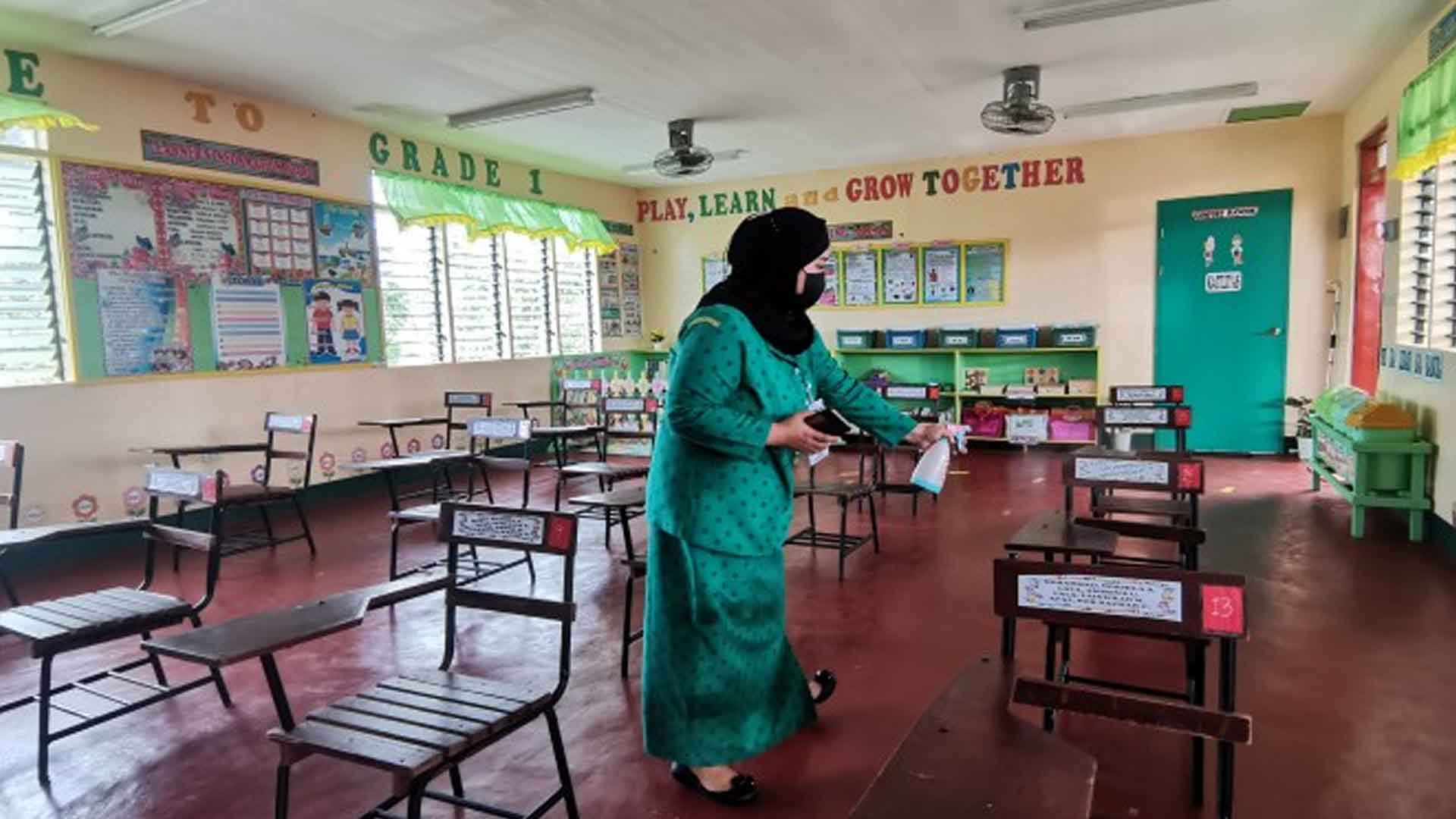Three elementary schools here will implement limited face-to-face classes on Monday after finishing the simulation to determine solutions for possible problems.
Angoyao Elementary School in Barangay Paridi, Mapandi Elementary School in Barangay Gadongan, and Nanapun Elementary School in Barangay Bangon all met the requirements for the resumption of physical classes.
Dr. Anna Zenaida Unte-Alonto, Schools Division Superintendent in Marawi said the Bangsamoro Region’s Ministry of Basic, Higher and Technical Education (MBHTE) determined 27 schools are conducive for the face-to-face approach as they are “low risk” based on the assessment.
The division opted to focus on the three schools first based on the number of vaccinated teachers while those in far-flung communities will hone their preparations.
“We acknowledge the (approval of the) face-to-face classes given by the DepEd (Department of Education) central office,” Unte-Alonto said in a recent interview.
On February 3 during the simulation, a total of 100 learners of Mapandi saw their classrooms again after nearly two years. They include Kindergarten and Grades 1 and 2 students.
The children washed their hands, recorded their body temperature, and changed into slippers while leaving their shoes in boxes before entering their classrooms.
There are thermometers, box face masks, alcohol, and disinfection spray in each classroom.
Each classroom will have 70 learners divided into four groups to observe the one-meter physical distancing.
Each group will attend classes for one week each month from 7 a.m. to 9 a.m.
Different approach
Jamila Maruhom, the parent of a first grader, said she prefers face-to-face learning because the teacher has a different approach than parents.
She also believes her son needs to have interaction with his classmates to develop his social skills.
“Kami lang kasi sa bahay wala siyang ibang nakikita. Hindi siya nakikinig sa akin kung ako ang nagtuturo. Mas excited din siya pumasok kasi iba ‘yung makakasalamuha niya sa labas (He doesn’t see other people anymore, except us. He’s also inattentive when I’m teaching him. He’s really excited to go back to school),” Maruhom said in an interview.
During the simulation, a teacher whistled, a signal for the medical team to go to the classroom.
One student coughed and was asked to go home.
“The child will be fetched by the school nurse, to be taken to the school clinic for observation. If the child needs to rest, the mother will be called to bring home her child,” Majarlica Baragona, the Mapandi Elementary School head, said.
Other classrooms, like in some Lanao del Norte schools, did away with plastic barriers to allow proper ventilation.
Officials said masks, face shields, and physical distancing are enough.
Preserving culture
Along with the return of limited physical classes, Unte-Alonto presented her “Project Meranaw Ako Wednesday” proposal to solicit support from various stakeholders.
The proposal aims to strengthen the preservation of Meranaw (or Maranao) culture and protect it from “erosion.”
Unte-Alonto said the wearing of the ethnic malong (wraparound skirt) every Wednesday would inculcate among learners the importance of appreciating the Meranaw culture.
She wants the City Council to make the wearing of malong official in all public and private schools under the Division’s jurisdiction.
“We have observed that the different things associated with our race as Meranaw are being forgotten. So what we thought in the City Schools Division is for us to wear malong at least once a week, which we chose Wednesday because we also need to wear our uniforms for the rest of the week,” she said. (PNA)







